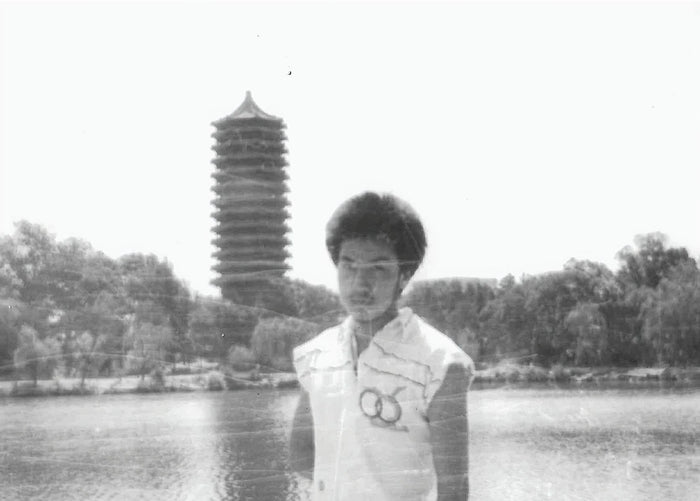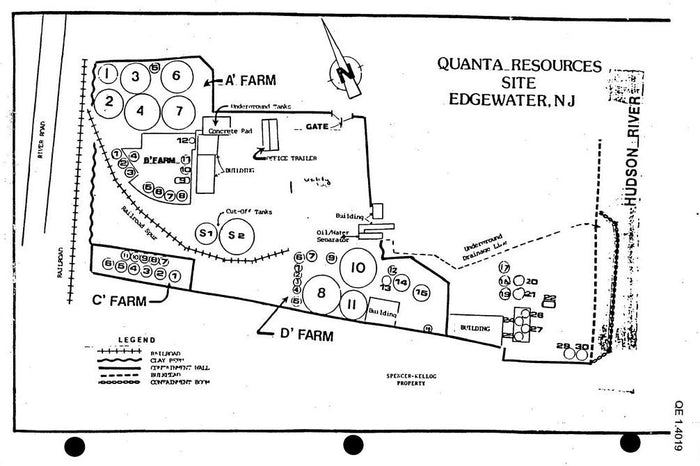
19 year old Dr. Pete at Peking University
Tell us about your background. Where did you grow up?
I grew up in Tianjin, a large seaport city in Northeastern China.
Were you always into chemistry?
My high-school chemistry teacher was so passionate and dedicated to science that he inspired me, triggering my interests in chemistry.
So I majored in Chemistry at Peking University for my undergraduate studies. At 24 I received a graduate scholarship from the University of Minnesota, where I earned my PhD and studied molecules’ assembly behaviors at interfaces. At 29, I got my first job at Unilever working in their research laboratory in Edgewater, NJ as part of the product development team for Dove and was granted more than 20 patents on personal cleaning formulations and manufacturing technologies.

Peking University in Bejing
Can you share any personal beliefs or experiences that have led you to do what you do?
When I worked and lived in New Jersey in the ‘90s, the heavy pollution and the remnants of the previous 100 years of the chemical industry were evident everywhere.
For example, at the Edgewater site where I worked, coal tar, paving, and roofing materials were made at the site by various companies in the late 1800s. Quanta Resources operated an oil processing facility at the site from 1974 to 1981, when the New Jersey Department of Environmental Protection (NJDEP) closed the site. A lot of chemical waste was buried underground and it seeped into the river. When walking with co-workers along the Hudson River during lunch breaks, we always noticed dark colored chemical waste streams dripping into the river from rock cracks along the riverbank. It took more than 20 years of massive cleanup efforts by the Army Corp of Engineers to revitalize that part of the Hudson River and adjacent territories.

Map of Quanta Resources at Edgewater





























